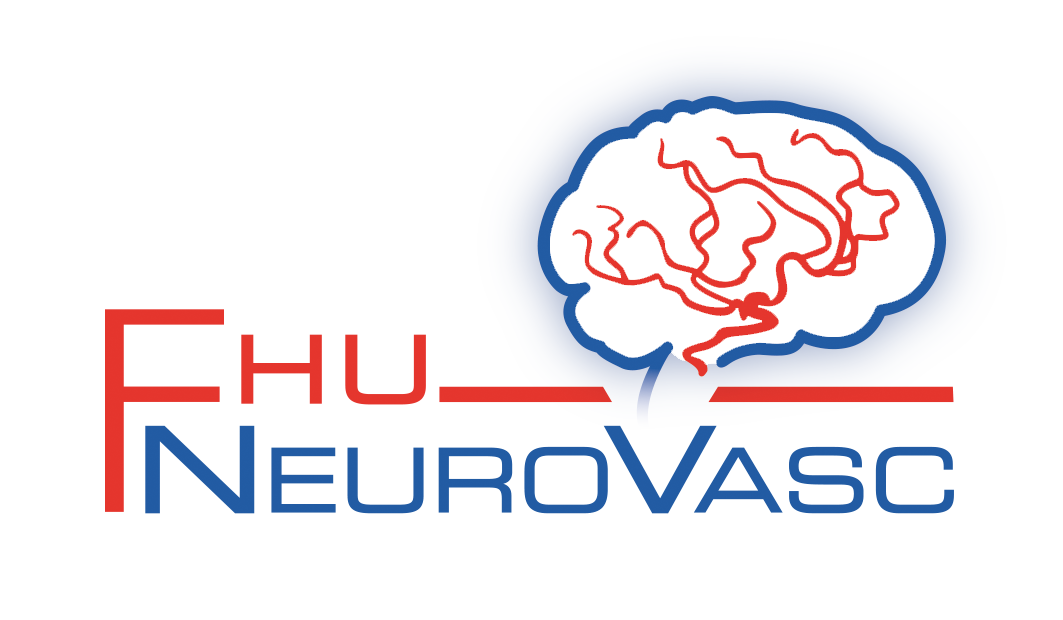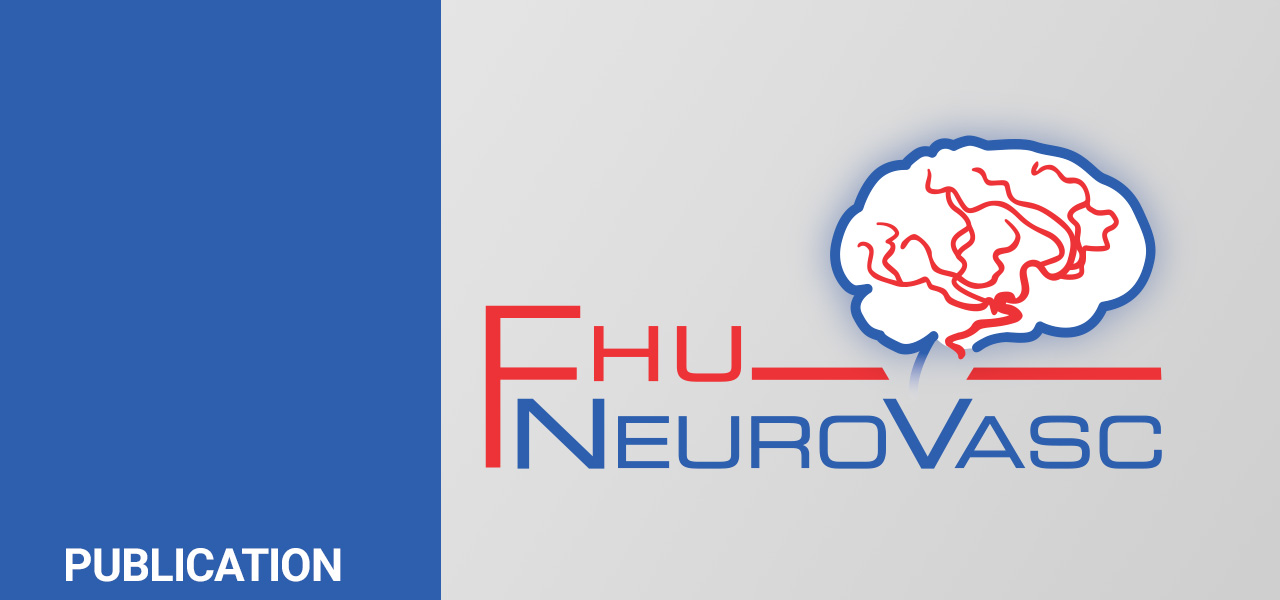Framework for Clinical Trials in Cerebral Small Vessel Disease (FINESSE): A Review
JAMA Neurol. 2022 Nov 1;79(11):1187-1198. doi: 10.1001/jamaneurol.2022.2262.
PMID: 35969390
Hugh S Markus, Wiesje M van Der Flier, Eric E Smith, Philip Bath, Geert Jan Biessels, Emily Briceno, Amy Brodtman, Hugues Chabriat, Christopher Chen, Frank-Erik de Leeuw, Marco Egle, Aravind Ganesh, Marios K Georgakis, Rebecca F Gottesman, Sun Kwon, Lenore Launer, Vincent Mok, John O’Brien, Lois Ottenhoff , Sarah Pendlebury, Edo Richard, Perminder Sachdev, Reinhold Schmidt, Melanie Springer, Stefan Tiedt, Joanna M Wardlaw, Ana Verdelho, Alastair Webb, David Werring, Marco Duering, Deborah Levine, Martin Dichgans
Importance: Cerebral small vessel disease (SVD) causes a quarter of strokes and is the most common pathology underlying vascular cognitive impairment and dementia. An important step to developing new treatments is better trial methodology. Disease mechanisms in SVD differ from other stroke etiologies; therefore, treatments need to be evaluated in cohorts in which SVD has been well characterized. Furthermore, SVD itself can be caused by a number of different pathologies, the most common of which are arteriosclerosis and cerebral amyloid angiopathy. To date, there have been few sufficiently powered high-quality randomized clinical trials in SVD, and inconsistent trial methodology has made interpretation of some findings difficult.
Observations: To address these issues and develop guidelines for optimizing design of clinical trials in SVD, the Framework for Clinical Trials in Cerebral Small Vessel Disease (FINESSE) was created under the auspices of the International Society of Vascular Behavioral and Cognitive Disorders. Experts in relevant aspects of SVD trial methodology were convened, and a structured Delphi consensus process was used to develop recommendations. Areas in which recommendations were developed included optimal choice of study populations, choice of clinical end points, use of brain imaging as a surrogate outcome measure, use of circulating biomarkers for participant selection and as surrogate markers, novel trial designs, and prioritization of therapeutic agents using genetic data via Mendelian randomization.
Conclusions and relevance: The FINESSE provides recommendations for trial design in SVD for which there are currently few effective treatments. However, new insights into understanding disease pathogenesis, particularly from recent genetic studies, provide novel pathways that could be therapeutically targeted. In addition, whether other currently available cardiovascular interventions are specifically effective in SVD, as opposed to other subtypes of stroke, remains uncertain. FINESSE provides a framework for design of trials examining such therapeutic approaches.

